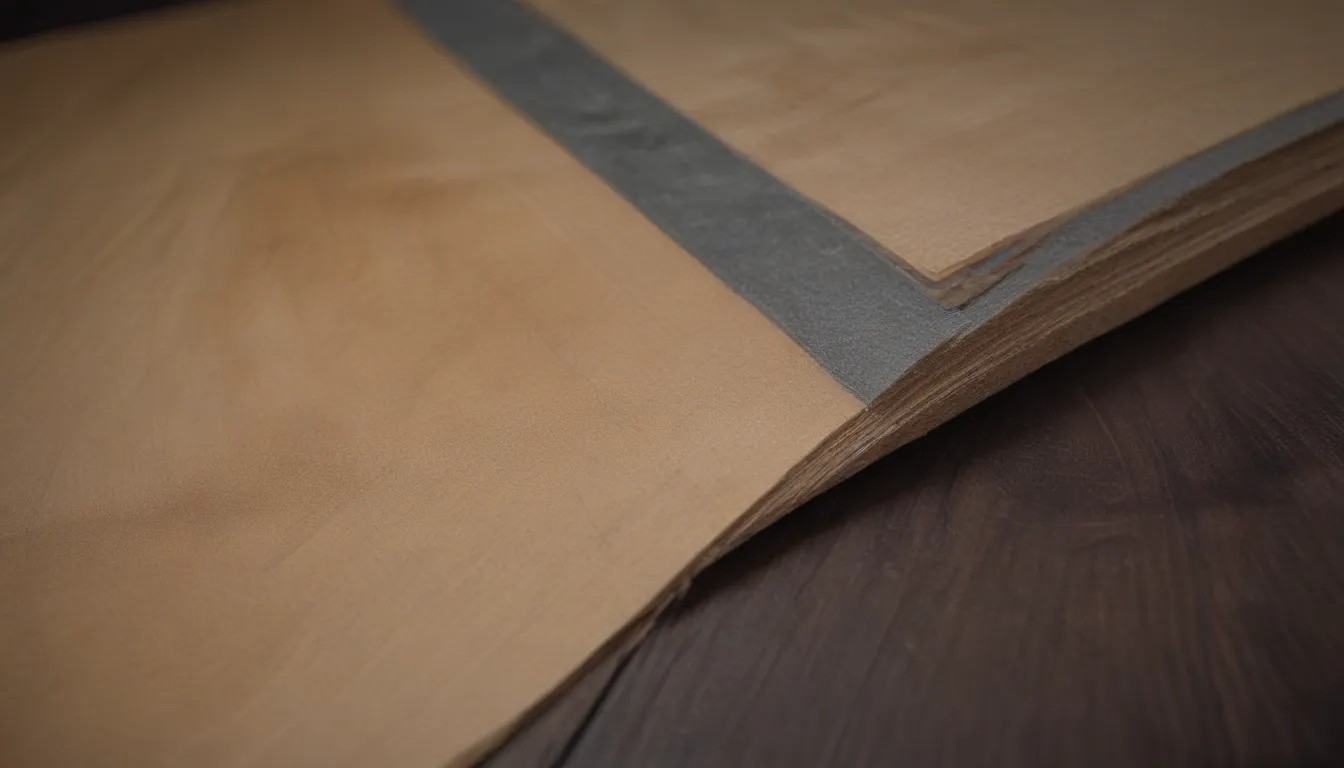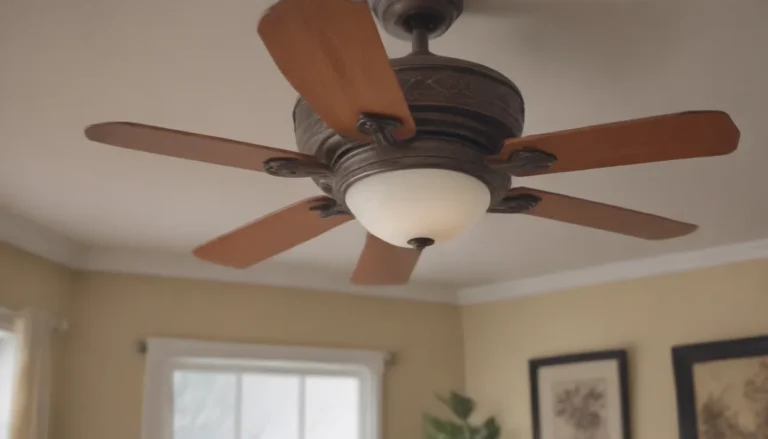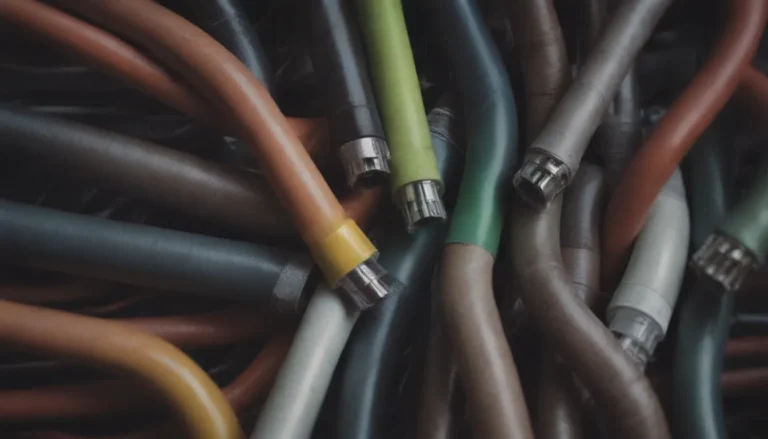Everything You Need to Know Before Installing Laminate Underlayment

If you’re considering laminate flooring for your home, you’re in for a treat! Laminate flooring offers many benefits and is a popular choice for living rooms, bedrooms, home offices, and other low-moisture areas. However, unlike solid hardwood, vinyl, and tile flooring which often do not require underlayment, laminate flooring typically needs a layer of underlayment for optimal installation. In this comprehensive guide, we’ll take you through everything you need to know about laminate underlayment before you start your installation project.
What Is Laminate Underlayment?
Laminate underlayment is a soft pad that is installed under laminate flooring. This underlayment serves several important purposes, such as helping the laminate planks lay smoothly, connect securely, and providing a slightly softer feel underfoot. There are two main types of laminate underlayment:
Attached Underlayment
When the underlayment is already attached to the laminate flooring by the manufacturer, you can simply proceed with the installation without the need for an additional layer of underlayment. Adding a second layer of underlayment can actually be counterproductive.
Separate Underlayment
If the underlayment is not pre-attached, you will need to purchase rolls of underlayment separately. These underlayment rolls are typically made of polyethylene foam, felt, or cork and need to be installed side-by-side using seaming tape or adhesive strips. The rolls come in various widths and lengths, with thicknesses ranging from 2mm to 3mm.
Reasons for Laminate Underlayment
- Softens footfall
- Absorbs sound
- Helps planks lock together better
- Bridges minor subfloor imperfections
- Helps control moisture
Why Laminate Flooring Needs Underlayment
Laminate flooring differs from solid hardwood or engineered wood flooring in that it is thinner and constructed of fiberboard rather than solid wood. Due to its construction, laminate flooring can be challenging to install on surfaces with even minor imperfections, making underlayment a necessary addition to the installation process.
Corrects Minor Subfloor Imperfections
Subfloors often have imperfections like nail holes, pits, gaps, grooves, and splinters that can affect the installation of laminate flooring. Unlike solid hardwood or engineered wood, laminate flooring cannot easily bridge these imperfections, which is where underlayment comes in handy. Underlayment helps to prevent these subfloor imperfections from telegraphing through the laminate flooring.
Tip: When using self-adhesive underlayment, make sure to overlap the rows to allow the adhesive edge to stick to the adjacent row. Regular, non-adhesive underlayment rows should not be overlapped.
Softens Footfall
Installing laminate flooring on hard surfaces like concrete can result in a harsh underfoot feel. Underlayment provides extra padding to make the flooring softer to walk on. While wood subflooring may not benefit much from underlayment in terms of softening, concrete and other hard surfaces greatly benefit from the softening qualities of underlayment.
Absorbs Sound
Laminate flooring’s thin and low-density construction makes it prone to transmitting sound. Underlayment helps to absorb sound and reduce its transmission, enhancing the overall sound quality of the flooring. Felt underlayment is particularly effective in sound absorption compared to foam underlayment.
Controls Moisture
Moisture can be a concern with laminate flooring, especially when installed over concrete slabs or in non-climate-controlled spaces. Moisture-proof underlayment or a vapor barrier can help prevent moisture from seeping up into the flooring. Some underlayment even comes with a waterproof layer for added protection against moisture.
When Laminate Underlayment Is Not Necessary
When Underlayment Is Pre-Attached
If the laminate flooring you choose already comes with pre-attached underlayment, there is no need for an additional layer of underlayment. Opting for laminate with pre-attached underlayment can save you time and money, as well as ensure a stable and secure installation.
When Cost Is an Issue
If cost is a concern, you may choose to forgo underlayment in areas where sound insulation or additional cushioning is not a priority. However, it’s important to ensure that the subfloor is in pristine condition to prevent any issues with the laminate flooring in the long run.
In conclusion, laminate underlayment plays a crucial role in the installation and performance of laminate flooring. By understanding its benefits and when it is necessary, you can ensure a successful and long-lasting flooring installation in your home. Remember to choose the right type of underlayment for your specific needs and follow the manufacturer’s guidelines for a seamless installation process.





